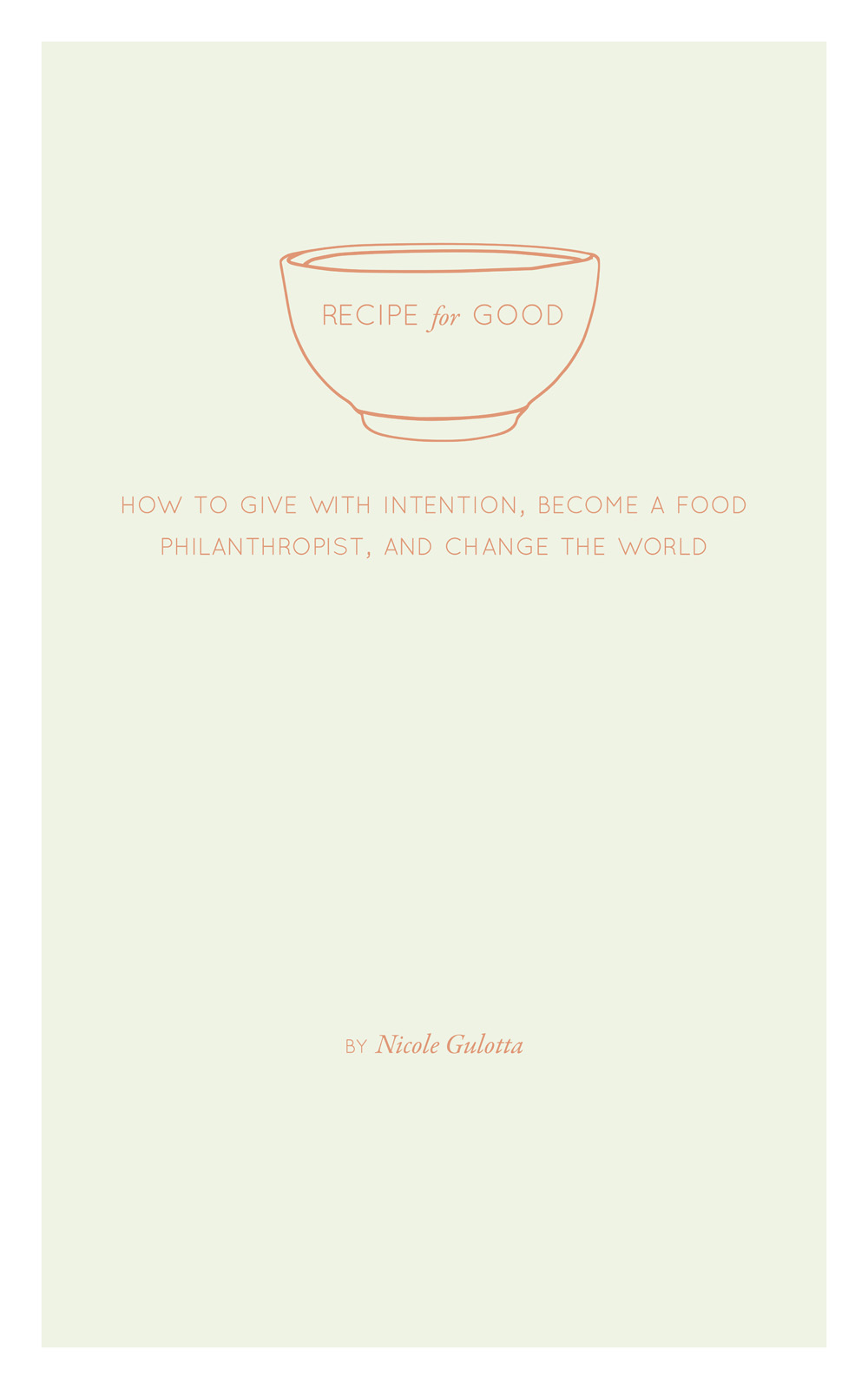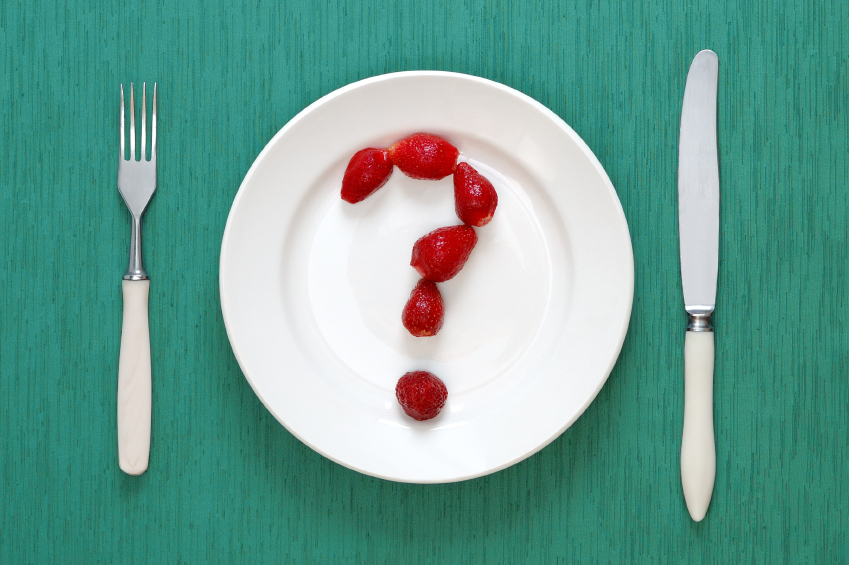NGO Spotlight: Heifer International
 02.22.2013 Tweet
02.22.2013 Tweet
On Fridays, The Giving Table profiles a nonprofit organization that is doing good with food. To discover even more NGOs making a difference in our food system, browse our database by topic or state.
Mission
Heifer International's mission is to work with communities to end hunger and poverty and care for the Earth.
History
It all started with a cow. Moved by the plight of orphans and refugees of the Spanish Civil War as he ladled out meager rations of powdered milk, Dan West, an Indiana farmer, volunteer relief worker and Church of the Brethren member, grasped that the people needed "a cow, not a cup"—cows that could produce milk so families would not have to depend on temporary aid. From that simple idea, Heifer International was born.
Today, Heifer empowers families to turn hunger and poverty into hope and prosperity by linking communities with markets and sustainable agricultural practices. New incomes provided by Heifer's animals combined with training programs, allows recipients to provide for their families and send children to school.
Program Overview
Heifer's 12 "Cornerstones" have been used for more than 65 years, and guide communities to self-reliance. They include practices like nutrition and income, improving the environment, and improved animal management.
It's most fundamental cornerstone, and most widely recognized, is its "passing on the gift" program. Participants are required to pay it forward in their own communities by donating offspring to another family in need.
Three of the twelve cornerstones focus on food and agriculture:
Nutrition and Income. Heifer recipients enjoy improved diets and finances through the consumption and/or sale of milk, eggs, cheese, honey, meat and wool. Other Heifer recipients use draft power to increase crop yields or get products to market more easily. It's not uncommon for project participants to share extra milk with their neighbors or to loan out their oxen to help other farmers till their fields.
Improved Animal Management. In order for livestock to be a healthy and productive part of any farm, Heifer first ensures that the species and breed is an appropriate fit for the area and for the families who will receive the gift animals. Project participants then attend trainings to ensure they can provide the animals with adequate feed, water, shelter and health care. When animals are healthy and productive, families benefit and there is a favorable impact on the environment.
Improving the Environment. Caring for the Earth is a huge part of every Heifer project. Animals are chosen based largely on how appropriate they are for the local environment. Will they overburden or pollute the water supply? Will it be difficult to find or grow abundant fodder? Reforestation is a facet of Heifer projects in denuded areas, and manure and crop residues are used to reinvigorate anemic soil.
Impact
Since 1944, Heifer has helped more than 12 million families in more than 125 countries move toward greater self-reliance through the gifts of livestock and training in environmentally sound agriculture. Independent evaluators from Western Michigan University report, “It is beyond doubt that in all 20 of the countries we have examined, Heifer has brought large overall benefits to very large numbers of low-income rural families.”
Heifer's learning centers in Rutland, Massachusetts and Perryville, Arkansas attract more than 50,000 people a year to particpate in seminars, service projects, and in-depth learning experiences.
Get Involved
CEO Pierre Ferrari describes giving to Heifer as "an opportunity for people to do what most humans want to do all the time, which is to extend love to other people." He emphasizes that it's not just a one-time gift, but that Heifer's model is "an opportunity to give a gift to someone who can use it and leverage it dramatically for a better life."
Heifer pioneered the nonprofit gift catalog by enabling donors to purchase the gift of a heifer for a family in need. Today, you can choose from dozens of animals including honeybees, ducks, and pigs. This is a very tangible way to give back and know that your contribution is making a difference.
Heifer is active on Facebook, Twitter, and Pinterest.
Participate in a local Library Program, recruit friends and family to fundraise with Team Heifer on your own donation page, or sign up for Heifer's newsletter to learn more.




